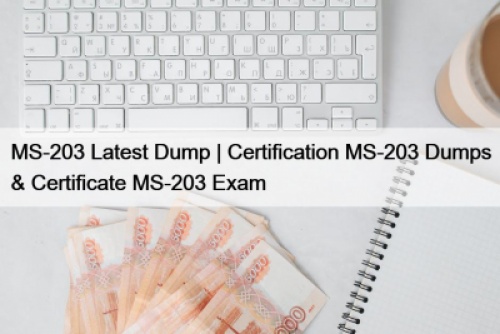Wastewater pump stations are a vital piece of infrastructure in many cities and municipalities. They allow wastewater to be pumped to a higher elevation, so that gravity can do the remainder of the work and transport the wastewater to the wastewater treatment facility and Arrestor Systems.
However, when selecting the pump station, the initial cost is not the only thing to take into consideration. The entire life cycle cost must be taken into account, which looks at various factors including: Initial cost Installation costs (ground and civil work required to install the station), Energy Costs (which run over the lifespan of the pump station), Operation/Maintenance and repair costs (which are the costs associated with running the equipment, and ensuring it runs smoothly), Decommissioning Cost, as well as a couple others.
The initial and installation costs account for a relatively small fraction of the total cost (approximately 20%), whereas electricity and maintenance costs will take up a significantly higher percentage (approximately 50 - 70%). Therefore the pump station must be chosen in a way to minimize the long term costs of the pump station.
The list of considerations is limitless, but there are a couple factors that can significantly reduce or increase the cost.
Choosing a Pump Station Which Minimizes Suspended Solids
When considering what size pump station to purchase, it is important to find a size that is just the right size. The tank, pipes, and pumps must be properly sized to ensure that solid particles remain suspended. This is crucial because the suspended particles will be pumped away, whereas particles that settle can become stuck. Any particles which become stock or solidify will eventually need to be removed using a more expensive method such as a vacuum truck. Ensuring particles do not settle will also ensure that there are minimal odour issues. If an odour issue arises, it can come at a cost not only to the owner of the pump station, but also to the community such as by decreasing the value of nearby homes.
Proper maintenance
Proper maintenance and operation is another major factor in keeping the total life cycle cost at a minimum. Proper maintenance will reduce the electricity usage, which itself can account for about 30-40% of the total costs of the pump station. Proper maintenance will also ensure that emergency callouts are kept to a minimum. Emergency callouts, especially when they occur after working hours and require overtime pay can be very costly and therefore proper maintenance is required to keep them to a minimum.
Along with these, various other factors will account for the total life cycle costs. One factor is to ensure the product will resist heavy loads that can be encountered from large vehicular traffic. If a weaker concrete or plastic is used, the risk of the structure could collapse, which would cause all sorts of problems.
Using a Waste Water Management Solutions with interchangeable parts can also have a major benefit in reducing the life cycle cost. For example, using a consistent sized lid means that only a couple spare lids are required, rather than having a massive inventory of different sized lids for the different pump stations.
All in all, the total life cycle cost of a wastewater pump station is based on various factors, which should all be taken into account. Electricity is typically the most expensive cost, followed by maintenance. These are the two major costs, but there are many other factors that can affect the total life cycle cost.
To learn more about some case studies where an Australian Tanks solution helped a client, read about the Accurate Plumbing and Reidy Constructions Projects.
















